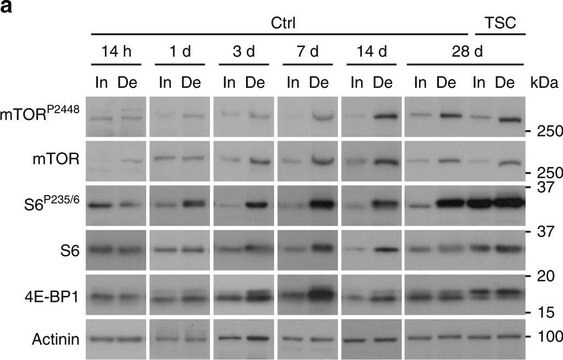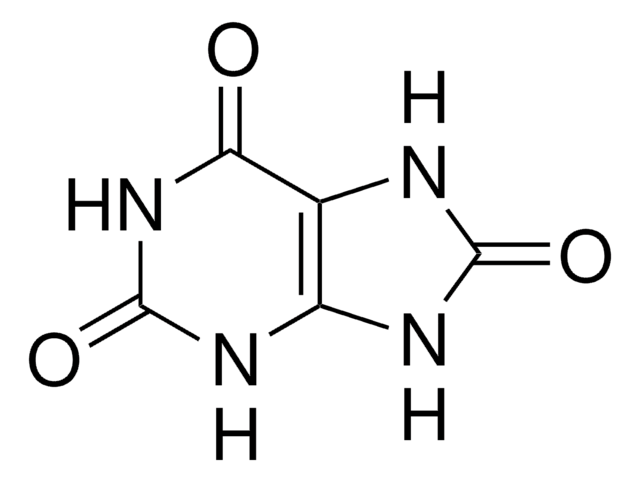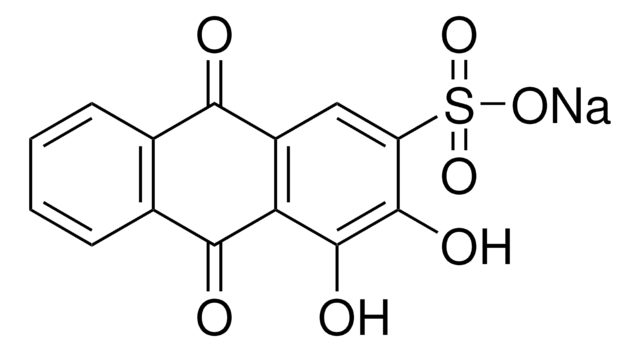A9776
α-Actinin from chicken gizzard
~80% α-actinin basis (SDS-PAGE), ammonium sulfate suspension
About This Item
Recommended Products
biological source
chicken gizzard
Assay
~80% α-actinin basis (SDS-PAGE)
form
ammonium sulfate suspension
mol wt
100 kDa
storage temp.
2-8°C
Gene Information
chicken ... ACTN2(396263) , ACTN4(396024) , RCJMB04_23c5(373918)
human ... ACTN1(87)
mouse ... ACTN1(109711)
rat ... ACTN1(81634)
General description
Application
- as an antigen to coat plates for the capture of anti-actinin antibody using enzyme-linked immunosorbent assay (ELISA) from tumor cell line clones
- in in vitro motility experiments to test its effect on actin filament movement
- to coat cantilevers for strengthening fluorescently labeled actin filaments in force measurement studies
Biochem/physiol Actions
Packaging
Physical form
Preparation Note
Prepared using a modification of the procedure of Neidel, J.E. and Cuatrecasas, P., Biochem. Biophys. Res. Commun., 91, 152 (1979).
Storage Class Code
10 - Combustible liquids
WGK
WGK 3
Flash Point(F)
Not applicable
Flash Point(C)
Not applicable
Personal Protective Equipment
Regulatory Listings
Regulatory Listings are mainly provided for chemical products. Only limited information can be provided here for non-chemical products. No entry means none of the components are listed. It is the user’s obligation to ensure the safe and legal use of the product.
EU REACH Annex XVII (Restriction List)
Choose from one of the most recent versions:
Certificates of Analysis (COA)
Don't see the Right Version?
If you require a particular version, you can look up a specific certificate by the Lot or Batch number.
Already Own This Product?
Find documentation for the products that you have recently purchased in the Document Library.
Our team of scientists has experience in all areas of research including Life Science, Material Science, Chemical Synthesis, Chromatography, Analytical and many others.
Contact Technical Service







